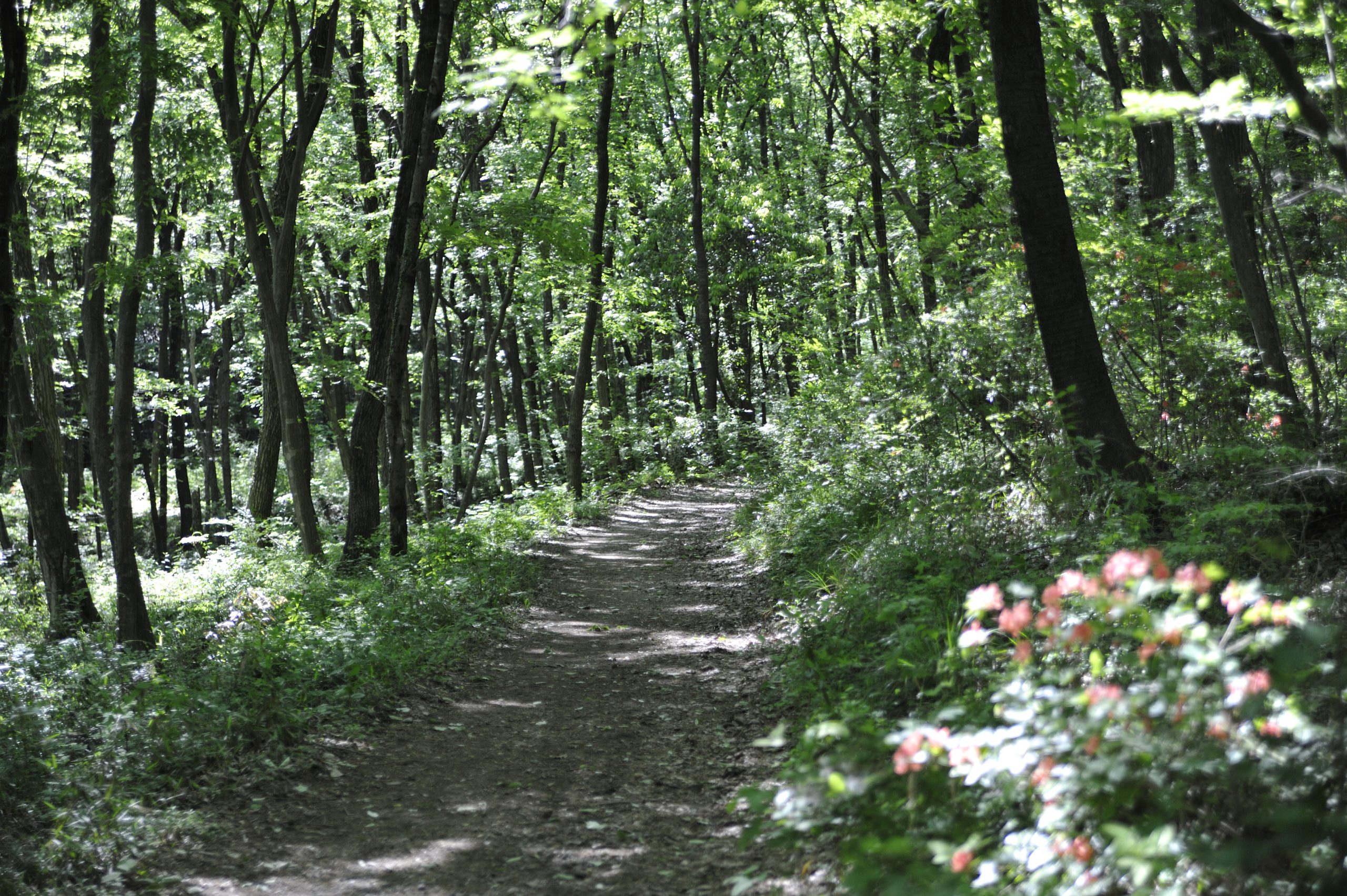Shōbōji Temple
sightseeing
As the 10th sacred site on the Bando 33 Kannon Pilgrimage, this temple has been worshipped since ancient times. During the Sengoku period, the temple was used as the main camp for the Takeda forces during their siege of Matsuyama Castle. After passing through the rows of houses which once hid throngs of visitors, you will arrive at Niomon Gate. Climbing up the stone steps, you can see the city’s oldest bell tower and a wooden temple dedicated to Kannon, as well as a large Ginkgo tree. ※ Seasonal Info: The leaves of the giant ginkgo tree, estimated to be over 700 years old, turn a spectacular yellow color in early December every year.
Basic Information
Business hours / Fee
Fee
Free
How to get there
Public transport
Take the bus headed for Hatoyama New Town from the west exit of Tobu Tojō Line’s Takasaka Station and get off at Daito Bunka Daigaku and walk for 10 minutes
Car
20 minutes in the direction of Kawagoe・Kawajima from the Higashi Matsuyama Interchange of the Kan-Etsu Expressway
Parking
Free: Yes
Available for Large Buses
Fee: None
Available for Large Buses
Fee: None
Other
Internet Wi-Fi
×
Duty-free shop
×
Credit card
VISA:×_x000D_
JCB:×_x000D_
MASTER:×_x000D_
その他:×
JCB:×_x000D_
MASTER:×_x000D_
その他:×
Universal design
AED installation
×
General / Wheelchair Shared Elevator
×
Wheelchair rental
×
Floor with handrail
×
Stairs with handrail
〇
Stroller rental (There may be a charge.)
×
Sign language support
×
Braille explanation
×
Voice guidance
×
Wheelchair parking
×
Breastfeeding room
×
Compatible with diaper changing tables
×
Wheelchair lift
×
Baby keep or baby chair
×












